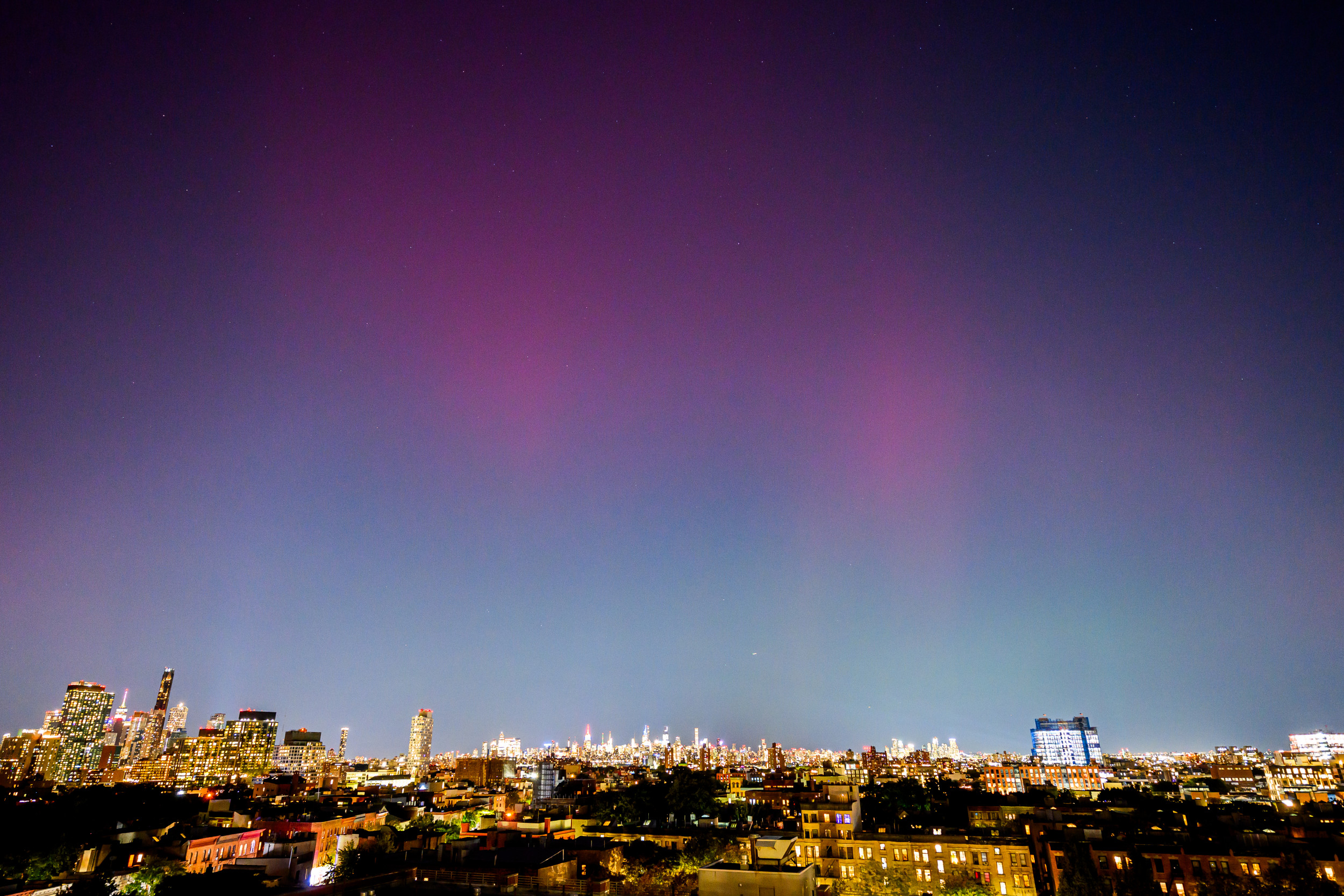
A geomagnetic storm could impact millions of people “over New York to north Iowa to Washington state,” weather authorities have warned.
The National Weather Service extended a G3 warning on Monday, before downgrading it to a G2 warning on Tuesday, after weather data indicated that the storm would continue.
Why It Matters
Any extreme weather in these areas could have a huge impact on infrastructure and the environment, and geomagnetic storms in particular have the potential to affect power distribution networks and satellite signals.
What To Know
On Monday, the National Weather Service issued an extension to its geomagnetic weather warning. It was originally classified with a strength of G3, the third-highest level for a storm of this kind, before being downgraded to a G2 on Tuesday morning at time of writing, indicating the storm is “moderate.”
The service warned advised residents to be cautious of irregular behavior from electronic devices.
“Some effects are possible to power grid, satellite ops, and GPS,” the warning said.
“Geomagnetic activity can vary considerably during storm progression with intermittent periods of escalation or weakening as the major disturbance in the solar wind continues. Monitor the SWPC webpage for additional information and Alerts for latest levels.”

Getty Images
Geomagnetic storms, which are caused by bursts of solar wind that also create aurora borealis, can cause a variety of electrical and signal issues depending on how strong they are.
At G2 strength, the National Weather Service predicts that the storm may damage transformers on electrical systems, and create “low-frequency radio navigation problems.”
The storm will also interfere with the flight paths of satellites in orbit by increasing drag.
The same solar winds that create the storm also create the northern lights, which means over a dozen states might be able to see the phenomenon with the naked eye this week.
What People Are Saying
The National Weather Service’s most recent warning update reads: “Power grid fluctuations can occur. High-latitude power systems may experience voltage alarms. Satellite orientation irregularities may occur; increased drag on low Earth-orbit satellites is possible.
“Aurora may be visible at high latitudes in the northern tier of the U.S., such as northern Michigan and Maine.”
Astronomy professor Alex Gianninas of Connecticut College told Newsweek: “We are currently in the peak of the current solar cycle, Solar Cycle 25, and so increased activity at the surface of the Sun is normal. This includes geomagnetic storms that cause the Sun to expel large quantities of charged particles.
“If those are directed towards the Earth, then once they get here, the Earth’s magnetic field channels them down towards both the North and South poles and when they hit the nitrogen and oxygen in the atmosphere produce the beautiful Aurora that we see.”
What Happens Next
The abnormal weather is expected to pass by the end of the week as the solar wind dies down.




